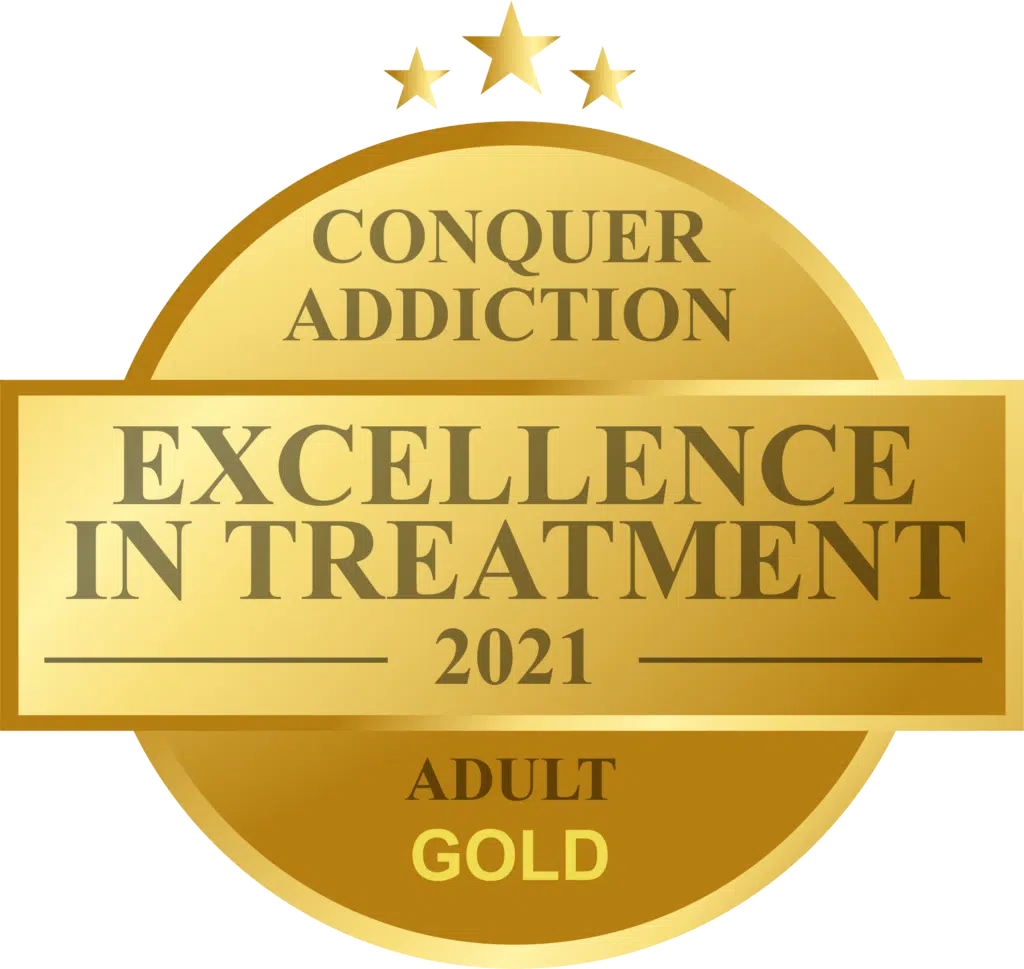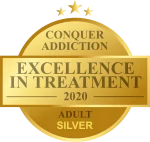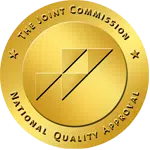Seeking treatment for substance use can be a very difficult decision. Once we have made our commitment to ourselves, we are on the recovery path. Now we have a new challenge: cravings. We want to maintain our recovery, but how can we cope with cravings?
What Are Cravings?
Most people have experienced a craving for a specific treat or food. These may be based on happy memories of having eaten that food before, or something our body needs, or maybe something to try to numb emotional pain.
Substance cravings in recovery are far more intense and overwhelming. They cause extreme physical and emotional reactions while causing what can seem like a paralyzing desire for our substance of choice. We feel emotionally and physically ill, and at the same time compelled to use our substance again. They are both a consequence of our past substance use and at the same time, a reminder of why we gave it up.
How Cravings Feel
Physically, as a craving comes on, our breathing becomes more rapid and shallow, and our pulse increases. Our bodies can feel restless, and/or we may feel tension. Our stomach may churn, and we may feel nauseous. Our temperature increases, and we may sweat as well. We may also feel that intense flight-or-fight feeling that is similar to anxiety. Cravings are very real and can be very frightening if we do not understand what is happening in our bodies.
The Emotions Behind Cravings
Sometimes we experience strong emotions without really understanding where those emotions are coming from. It is possible in these situations that these emotions are actually cravings in disguise.
Cravings are often accompanied by strong emotions, such as anxiety, distraction, racing thoughts, obsession, desire, fear, dread, and memories of our past substance use. While the physical impact of cravings is more obvious, the emotional aspect of cravings can be even more difficult to cope with.
Ways to Cope With Cravings
One of the concepts behind coping with cravings is to remind ourselves that all cravings have a beginning, middle, and end. Knowing they are finite helps us to be mentally prepared when they hit. In addition to mental preparedness, there are a number of coping techniques that we can learn and put into practice, including:
- Medications – in the beginning of recovery, when the cravings are the strongest and we are still learning behavioral strategies to help us cope with cravings, there are some medications that make the cravings a little bit more manageable. However, ideally, we become independent in our management of cravings, in case medication or other solutions are unavailable.
- TIPP Method – this is an acronym for temperature, intense exercise, paced breathing, and progressive muscle relaxation. The concept is to use cold water or ice to cool our temperature, engage in intense exercise to help our bodies move through the craving, use specialized paced breathing, and practice muscle relaxation techniques to help relieve some of the other physical effects of cravings.
- Urge Surfing – using the analogy of surfing a wave, we can practice mindfulness to ride out our craving, noticing when it rises and falls, not unlike actual surfing. We remove the emotions and judgments around the craving, only observing the sensations. This technique helps us to be able to cope using primarily mental strategies.
- Mindfulness Meditation – the more we practice mindfulness meditation, the more helpful it is to us when cravings hit. The combination of the calmness, the breathing, and having trained our minds to be present and just observe the situations, gives us control over our bodies and minds that we might not have previously thought possible.
- Distraction – some cravings can be managed by using distraction. We can engage in another activity—go for a walk, watch television, listen to some music, do something creative, play a sport. Anything to provide our minds and bodies a distraction from how we are feeling.
- Self-Soothe – some cravings are best managed by offering ourselves something that soothes us. This can be anything that appeals to the five senses: sight, sound, smell, taste, touch. We can keep things readily available that appeal specifically to us in order to self soothe as necessary.
Being Proactive in Managing Our Cravings
Those who are able to manage their cravings and stay within their recovery are the people who utilize the biggest variety of coping strategies. The more we learn, the more tools we have in our toolbox, and the greater our chances are of succeeding at coping with our cravings.
By being proactive in managing our cravings, we are demonstrating to ourselves and others our commitment to staying on our recovery path. By being proactive, we are prepared when the cravings hit, and that can be half the battle. Being unprepared, we would be more likely to succumb to a craving and thus relapse. Just like athletes prepare well for their sport, we can also prepare well to be able to cope with cravings. In doing so, everyone wins.
How can you cope with cravings? By educating yourself and planning ahead. Learn how to prepare at AToN Center by calling (888) 535-1516 today. We can help you learn how to cope with cravings and conquer even the worst impulses. Be successful in your recovery. Plan now to cope with your cravings.
Originally posted on July 15, 2020 @ 4:17 pm
















